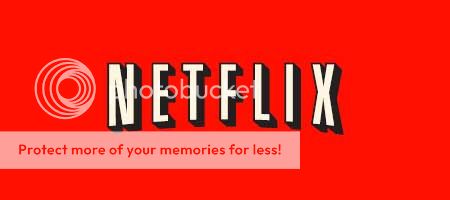What would you do to get one of the women in this picture to give you her phone number?
Would you read a book on the art of talking to women? Would you attend a $6,500, 3-day seminar on the topic? Or would you choose what for many men is the scariest option: walking up to the woman, and using a little self-depreciating humor and basic social skills, talk to her like she’s an actual human being?
The last option is what you can learn from Simple Pickup, an internet phenomenon that is quickly gaining ground in a crowded and competitive marketplace. Simple Pickup produces wildly popular videos which demonstrate real life examples of ways to successfully talk to women and get their phone number.
While this isn’t an industry we usually watch closely, there are several elements of Simple Pickup’s success that adhere to the tenets of Brand Modeling.
Know Your Customer, Know Your Brand
Dominant organizations win in their markets because they put their customers first. Putting customers first requires understanding, on a deep and fundamental level, the unconscious and seldom articulated motivating factors that influence their purchasing behavior. By delving into those needs (particularly as they manifest among the organization’s most profitable, fervent customers—a group we call Brand Lovers) it becomes possible to discern, with a high degree of certainty, the best way to meet customer needs in a way that leaves them so completely satisfied that they would never consider doing business with anyone else.
What does that mean, if your customer is a man looking to improve his dating game?
First, you must know who your customers are. Many men want to meet women, but not all men want to do so through the time-revered (if admittedly trite) route of the pick up. According to Salon,which terms the pickup training industry “the seduction community”:
The promise of 21st century sexual liberation has been primarily enjoyed by a sliver of the male population—the alpha males, while beta males (and omega males) feel shut out. The seduction community is designed for men who didn’t grow up with an older brother or sister teaching them the ropes; men who don’t think they’re attractive; men who are simply too scared to even think about failure.
Identifying the specific emotional and experiential points where their customers felt a need makes Simple Pickup’s decision to embrace video at a teaching tool—something none of their competitors have done—seem the obvious choice. Here, the team has a way to completely meet their customer’s needs: Not only are they demonstrating how to talk to women for men who feel unable to do so, they do so in a guiding, we’re-all-in-this-together fashion that creates a sense of community and ultimately, playfulness.
Kong, Jesse, and Jason, the three men behind Simple Pickup, have one goal in mind. Their goal is to inspire socially sheltered men to develop confidence and have fun in social situations. As long as they stay true to that mission, keeping the wants and needs of their best customers central to what they do, we don’t think anyone will be able to resist their approach—no matter how cheesy the pickup lines may be!

